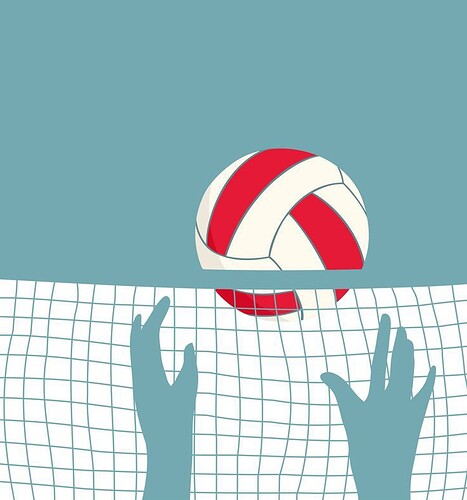Volleyball… emerging sports in the world of person with visual disability
In India, apart from cricket no other sport is as popular. However, adapted volleyball for the visually challenged has gained popularity in Tamil Nadu, Karnataka, and Kerala. In Tamil Nadu, there are 20 teams representing different districts, including 8 visually challenged women’s adapted volleyball teams. All these teams are registered under the Tamil Nadu Volleyball Association for the Blind (TNVBAB).
Every year, TNVBAB organizes a state-level tournament, and the South Zone tournament is organized once every two years. Additionally, the Tamil Nadu government conducts an adapted volleyball state-level championship for visually impaired players every year. Visually challenged volleyball follows the same rules as sighted volleyball, with the length of the volleyball court being 80 meters wide and the attack line marked 3 meters away from the center line, which is the net line. The visually challenged volleyball players are differentiated into two categories: totally blind (B1) and partially blind (B2). TOTALLY BLIND VOLLEYBALL PLAYERS are blindfolded during the match. Each team consists of 6 players and 2 substitutes, with 4 B1 category players and 2 B2 category players playing. The major difference between adapted volleyball and sighted volleyball is that the ball will be rolled on the ground, and the volleyball net will be placed only 78 centimeters from the ground level. The actual volleyball is played above the net, but adapted visually impaired volleyball is played under the net.
The four B1 players should sit on the attack line, with 2 players on both side corners. When it comes to B2 players, one should play inside the attack line, and the other player should play outside the attack line. Other rules remain the same, including substitute changes, game points, maximum points per set, touch counts, timeouts, and so on."

